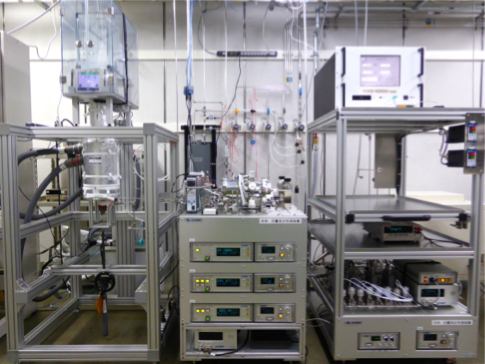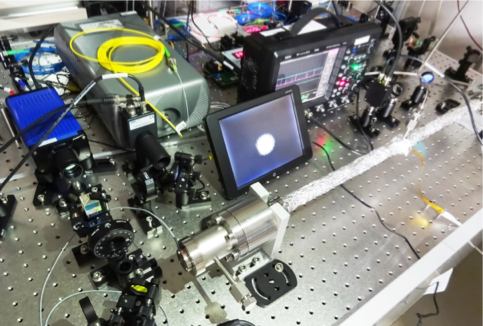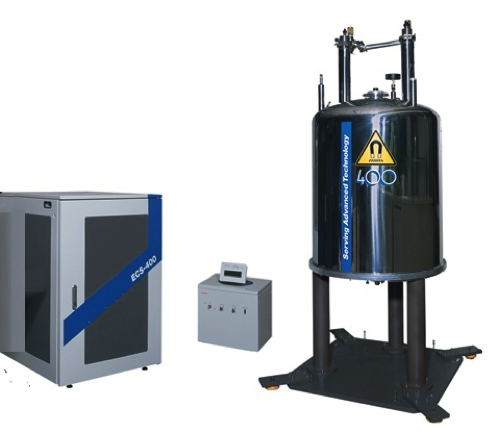Outline
The Research Institute for Material and Chemical Measurement develops and disseminates national metrology standards for material and chemical industries (such as pH standard solutions and element standard solutions, which support the basis of chemical analysis; Environmental certified reference materials and organic certified reference materials, which are indispensable to ensure safety of our life and foods; and standards for advanced materials used in the development and production of high-quality industrial products). In addition, databases, which are related to materials, measurement, and evaluation technologies are pursued the sophistication.
Our Research
1. Improving supply of organic standards by quantitative NMR
qNMR
Most analytical instruments used for the determination of organic compounds
such as hazardous components in foods or in the environment lack internal
calibration standards, and thus require calibration with reference materials.
The Organic Primary Standards Group researches and develops techniques
for assessing purity or concentration of organic compounds (e.g., freezing
point depression method, quantitative NMR, and titrimetry) that are traceable
to the International System of Units. Although we have provided our research
results in the form of certified reference materials and of calibration
services to the industrial world, etc., such traceable organic reference
materials are supplied insufficiently. Therefore, this group aims to establish
more efficient development and supply system that can provide reliable
standards promptly and inexpensively.
2. Research on primary trace-moisture standards in multiple gas species and
techniques for high-accuracy measurement of trace moisture
Because water is easily and quickly
adsorbed onto the surfaces of materials and is present in the atmosphere in
large quantities in the form of water vapor, water is considered as a
persistent impurity that is difficult to remove from high-purity gases used in
manufacturing processes and scientific experiments. As high-tech industries and
science evolve, the control level required has been moving to trace ranges,
currently at 100 nmol/mol (100 ppb) or less in the amount-of-substance fraction
(mole fraction). However, highly reliable techniques for measuring moisture in
gases have not yet been fully established in such trace ranges. This is because
primary standards of trace moisture used for calibration of measuring
instruments and high-performance trace-moisture analyzers that offer sufficient
performance at the ppb level exist only for a few gas species. To solve this
problem, we have been developing the primary trace-moisture standards in
multiple gas species and measurement techniques of trace moisture based on
cavity ring-down spectroscopy (CRDS) capable of measuring trace moisture at the
sub-ppb level with high accuracy.
|
|
 |
| Figure 1 Primary trace-moisture standards for multiple gas species |
|
|
 |
| Figure 2 Moiture meter at the sub-ppb level using CRDS |
|




